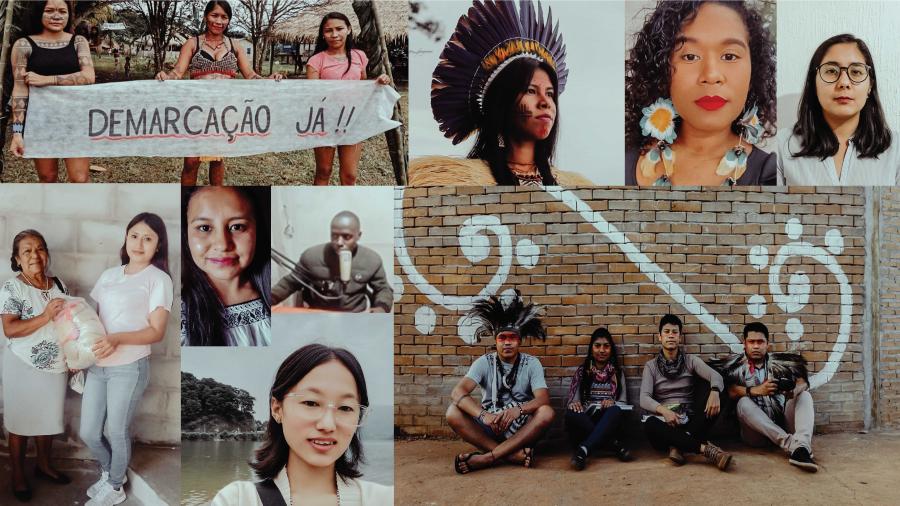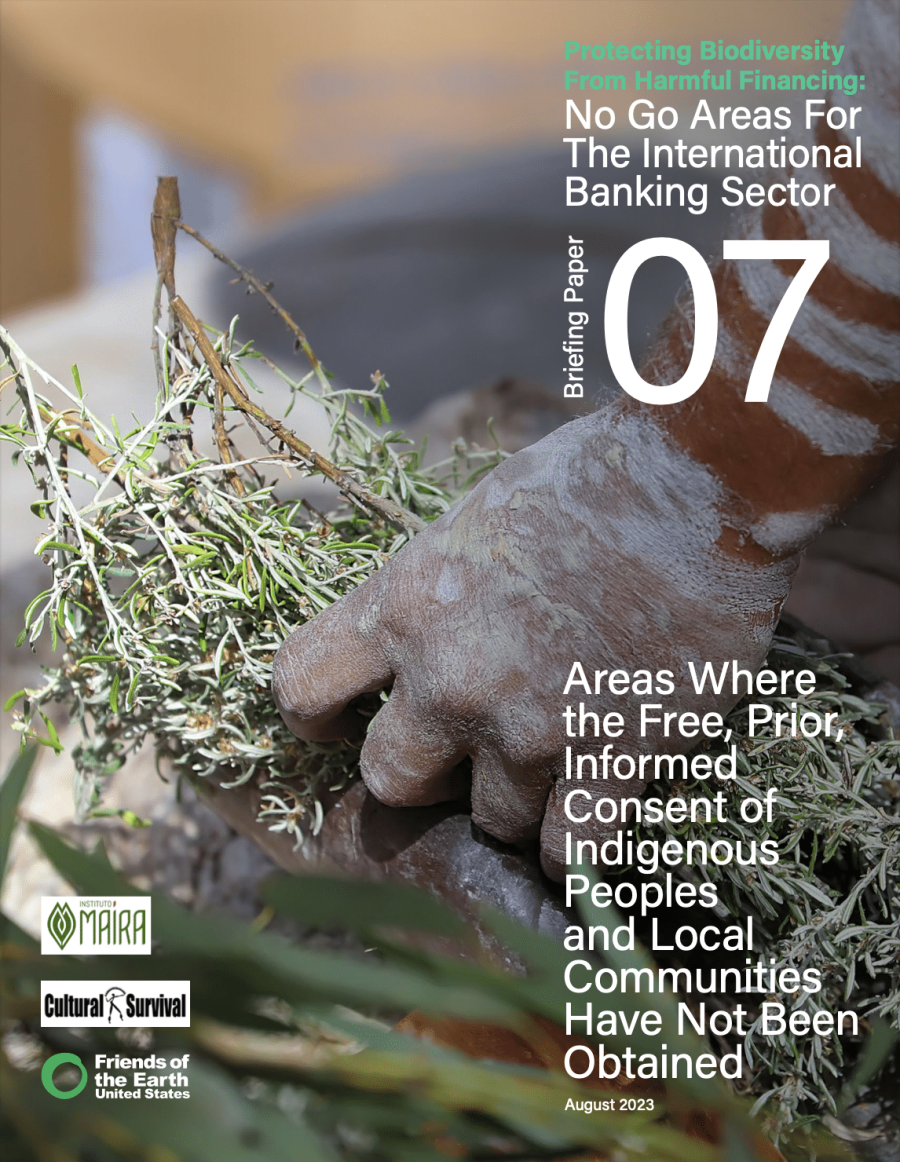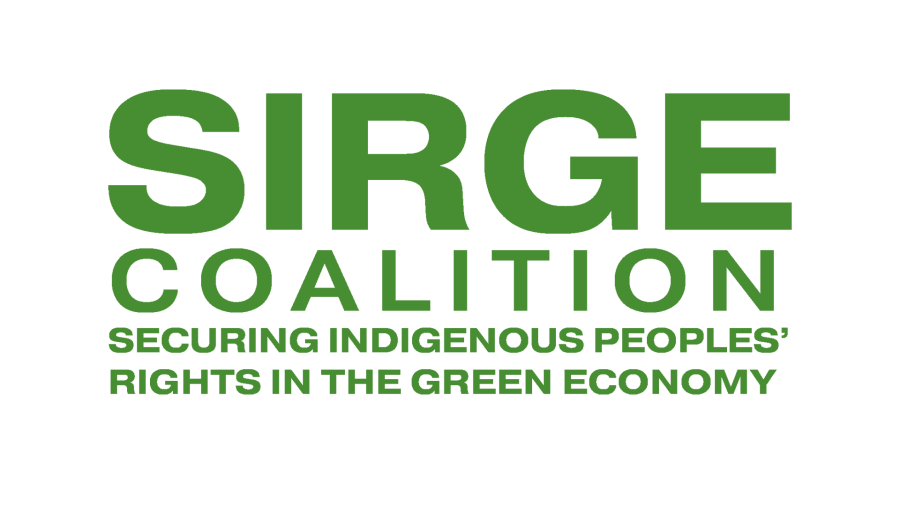
During the First UN Decade to Combat Racial Discrimination (1973–1982), Indigenous Peoples were invited to share their stories of self-determination. They would walk in the footsteps of Chief Deskaheh, a Haudenosaunee statesman who, in 1923, traveled to Geneva to speak to the League of Nations in defense of the right of his people to live under their own laws, on their own land, and under their own faith.
In 1981 Indigenous Peoples were asked to offer insight on land rights as UN human rights experts prepared the Martinez Cobo Study, a document outlining the obstacles to realizing Indigenous rights. The following year, in 1982, the UN Working Group on Indigenous Populations brought affected peoples together to take individual and collective action, to share their common challenges and create standards for defending Indigenous rights. This Working Group would set the stage for redefining Indigenous participation at the UN level, providing a space for formal engagement between experts and Indigenous Peoples.
The Human Rights Council, the UN’s main human rights body, was established in 2006, allowing for the direct reporting of human rights violations. The next year the Expert Mechanism on the Rights of Indigenous Peoples (EMRIP) was established as a subsidiary body of the Council. It consists of a panel of five experts, all of whom are Indigenous.
The Expert Mechanism provides the Council with thematic advice in the form of studies and research on the rights of Indigenous peoples as directed by the Council. EMRIP meets annually in Geneva each July for a 5-day session.
These annual sessions have fostered a culture of creative collaboration with the Special Rapporteur on the Rights of Indigenous Peoples. Indigenous Peoples can register at every session to meet with the rapporteur and report human rights violations in person through special procedures, and the Special Rapporteur shares updates of thematic reports and speaks as a panelist in the interactive dialogues. The chair of the UN Permanent Forum on Indigenous Issues is usually also present.
Seventh Session
The recently concluded 7th session of EMRIP, held July 7–11, 2014, made evident how Indigenous Peoples’ engagement can impact seven generations in shaping policy and law related to Indigenous rights. One agenda item of note was the zero draft of the World Conference on Indigenous Peoples outcome document; at least 90 minutes were dedicated to discussing the Working Group that created the outcome document. The Indigenous advisor and assistant to the president of the General Assembly were on hand to hear feedback on the draft and share next steps toward the upcoming World Conference in September. The session was both the first and only space for Indigenous Peoples to discuss the zero draft and strategize for the second round of negotiations.
Among the most important aspects in the zero draft was an amendment of EMRIP’s current mandate to serve as a review body for the UN Declaration on the Rights of Indigenous Peoples.
Interactive Dialogue
Panel discussions are a unique feature of EMRIP resulting in interactive dialogue among presenters, states, and Indigenous observers. The nature of the panels is to ensure active listening and focused questions on themes that can lead to policy proposals for issues facing Indigenous Peoples, as well as potential studies addressing areas of concern related to implementation of the Declaration.
This year’s session featured two panels: one on the Post 2015 Development Agenda, where panelists shared the latest details of the Open Working Group debates and negotiations on the 17 Sustainable Development Goals. The panelists demanded the specific inclusion of Indigenous Peoples and called for the inclusion of culture alongside environmental, economic, and social pillars. As Special Rapporteur Vicki Tauli Corpuz said, “The model we want to see in the 21st century is diversity in economy with culture defining our future.” The second panel focused on the role of parliamentarians in the implementation of the Declaration and featured elected Indigenous officials discussing their efforts to bring the rights enshrined in the Declaration into reality.
Meaningful Participation
The opening session is an important part of EMRIP, as representatives from the Office of the High Commissioner and the president or vice president(s) of the Human Rights Council discuss information relevant to Indigenous Peoples. Publications are shared, along with various developments in international human rights law and the announcement of upcoming opportunities for engagement.
The annual agenda offers opportunities to follow up on every study ever drafted in order to provide current best practices for problems facing Indigenous Peoples and to allow for submission of specific proposals to the Human Rights Council. This agenda item ensures that the studies do not collect dust, but contribute to the respect for Indigenous rights. Indigenous Peoples can share best practices and success stories to inspire others and demand accountability for the implementation of prior recommendations. Also on the agenda is the “continuation of a study,” as requested by the Human Rights Council during its session from the previous September. Indigenous Peoples have the opportunity to read a study’s latest draft and contribute specific language. This item again features sharing of best practices, lessons learned, and current challenges to realizing the rights featured in the study.
The cycle of a study begins with an annual agenda item where Indigenous Peoples can cite the importance of an issue. If the issue gains popular support, it will be recommended by either Guatemala or Mexico, the two states supporting Indigenous Rights at the Human Right Council, for study at the upcoming September session. Then, EMRIP members will select the study author who will work with the secretariat of the Office of the High Commissioner. The author will consult Indigenous Peoples, states, and other actors via an online questionnaire. The results will be collated and summarized during an expert seminar with EMRIP members, NGOs, academics, Indigenous Peoples, and the Special Rapporteur.
It is vital for participants to read the study before the next year’s EMRIP session, as this is a time to give feedback to the authors; amendments based on this feedback will be made prior to adoption by the Human Rights Council. Once adopted, the study will become an annual agenda item available for comment based on Indigenous Peoples’ experience in its implementation. Each July, it can be raised under the agenda item, “Followup to Thematic Studies and Advice.”
On the last morning of the session there is a closed meeting for Indigenous Peoples to learn how to access other areas of the UN for advocacy. In the afternoon prior to departure, participants receive a draft of the final report. Many Indigenous people return home to share the draft report, and their experience at the Geneva meeting, with their communities.
Implementing the Declaration
Implementation of the Declaration is a permanent agenda item for sharing challenges and best practices regarding the realization of Indigenous rights enshrined in the document. Every year Indigenous Peoples can coordinate in their respective homelands on how successfully—or not—the Declaration is being implemented. This reporting process can be enhanced through the adoption of the World Conference on Indigenous Peoples Outcome Document proposals, for which, for the first seven years, Indigenous Peoples provide the majority of the interventions. It is important to monitor the upcoming September session of the General Assembly for important new additions to the annual agenda.
View the 17 Sustainable Development Goals at: goo.gl/sJXwu6.



